Can No-Till Farming Increase Carbon Sequestration?
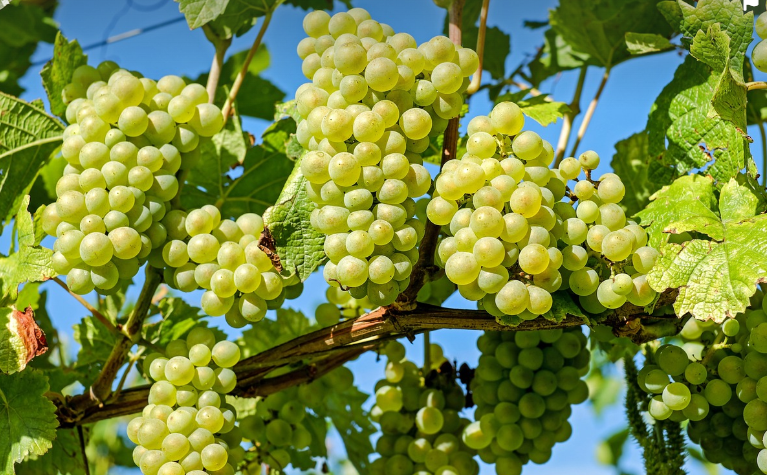
Carbon sequestration in agriculture plays a crucial role in mitigating the impacts of climate change by capturing and storing carbon dioxide from the atmosphere. This process helps to reduce greenhouse gas emissions, which are a major contributor to global warming. By enhancing carbon sequestration in agricultural practices, we can help to create a more sustainable […]
A Beginner’s Guide to Regenerative Agroforestry

Regenerative agroforestry is an innovative and sustainable farming practice that combines trees and agricultural crops or livestock on the same piece of land. This integrated approach harnesses the benefits of both agriculture and forestry, creating a diverse and resilient ecosystem. By mimicking the structure and function of natural forests, regenerative agroforestry systems promote soil health, […]
The Intersection of Precision Agriculture and Carbon Sequestration
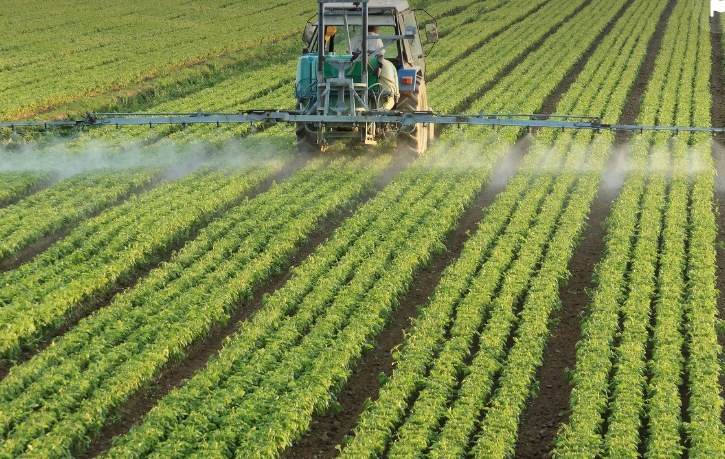
Precision agriculture is a modern farming approach that leverages technology to optimize crop yields while minimizing inputs such as water, fertilizers, and pesticides. By utilizing tools like GPS, sensors, drones, and data analytics, farmers can make informed decisions tailored to the specific needs of their fields. This targeted approach allows for more efficient resource use, […]
Understanding Carbon Footprints in Agriculture

A carbon footprint in agriculture refers to the amount of greenhouse gas emissions produced through various farming practices and processes. These emissions primarily come from the use of fossil fuels in machinery, livestock digestion processes, fertilizer production, and land use changes. The carbon footprint of agriculture also encompasses indirect emissions related to transportation, processing, and […]
The Role of Biofertilizers in Regenerative Agriculture
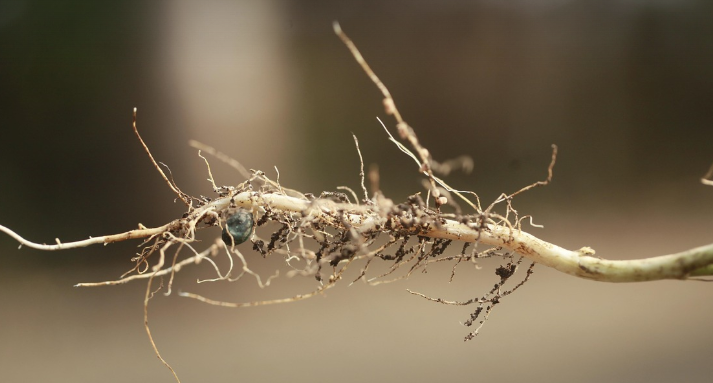
Biofertilizers offer numerous advantages in agriculture, serving as a natural and eco-friendly alternative to chemical fertilizers. They contain beneficial microorganisms that enhance soil fertility by fixing nitrogen, solubilizing phosphorus, and producing plant growth-promoting substances. By promoting healthy soil microbiome, biofertilizers help in improving nutrient uptake by plants, leading to enhanced growth and productivity. Additionally, these […]
How Urban Farming Can Contribute to Carbon Sequestration
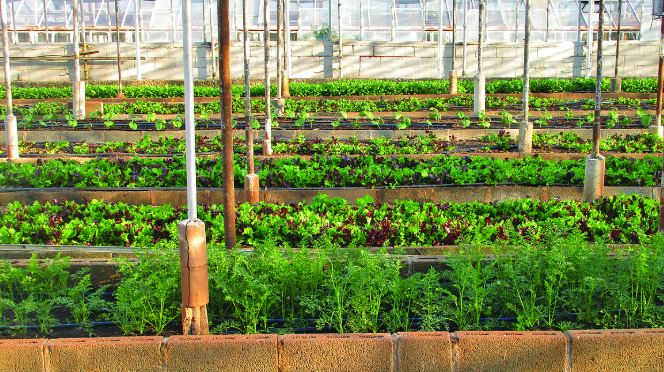
Urban farming plays a crucial role in carbon sequestration within urban environments. By utilizing vacant lots, rooftops, and other spaces in cities, urban farming helps absorb carbon dioxide from the atmosphere through plant photosynthesis. This process not only offsets greenhouse gas emissions but also contributes to mitigating climate change on a local scale. The Importance […]
Composting as a Tool for Carbon Sequestration
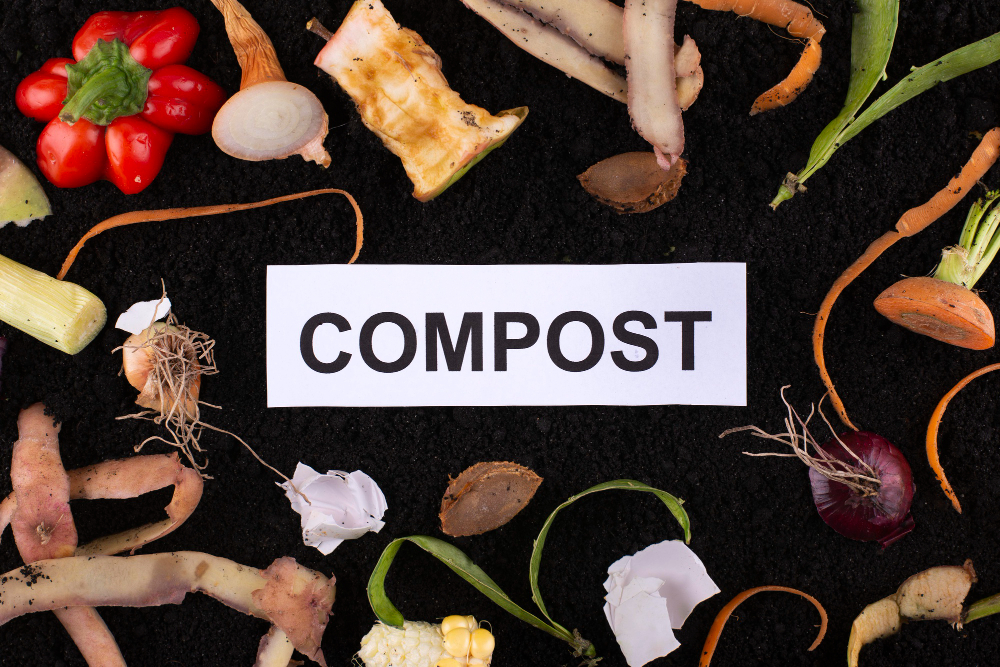
Composting plays a crucial role in reducing greenhouse gas emissions by diverting organic waste from landfills, where it would otherwise break down and emit methane, a potent greenhouse gas. By composting organic materials such as food scraps and yard waste, we can help mitigate climate change by avoiding the release of methane into the atmosphere. […]
How to Apply for Carbon Credits as a Farmer

Carbon credits represent a unique mechanism aimed at tackling climate change by incentivizing individuals and organizations to reduce their greenhouse gas emissions. Essentially, a carbon credit is a permit or certificate that enables its holder to emit a certain amount of carbon dioxide or other greenhouse gases. These credits can be bought and sold in […]
Can Regenerative Agriculture Fight Climate Change?

Regenerative agriculture is an approach to farming that focuses on rebuilding and restoring the health of ecosystems by enhancing soil fertility, biodiversity, and water conservation practices. By employing methods such as cover cropping, crop rotation, and minimal tillage, regenerative agriculture aims to improve soil structure, increase organic matter content, and reduce erosion. Regenerative Agriculture Explained […]
The Science Behind Carbon Sequestration: How It Works
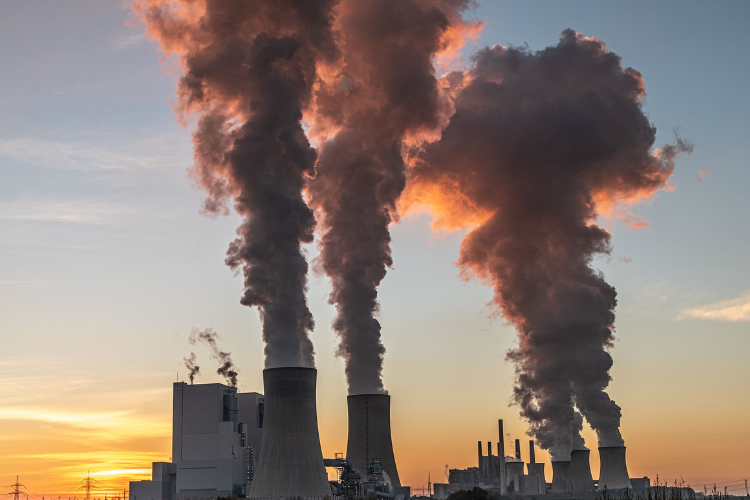
Carbon sequestration is a vital process that involves capturing and storing carbon dioxide (CO2) from the atmosphere to mitigate its harmful effects on the environment. By locking away carbon in various natural and artificial reservoirs, such as forests, soil, oceans, and geological formations, carbon sequestration plays a crucial role in reducing greenhouse gas emissions and […]
